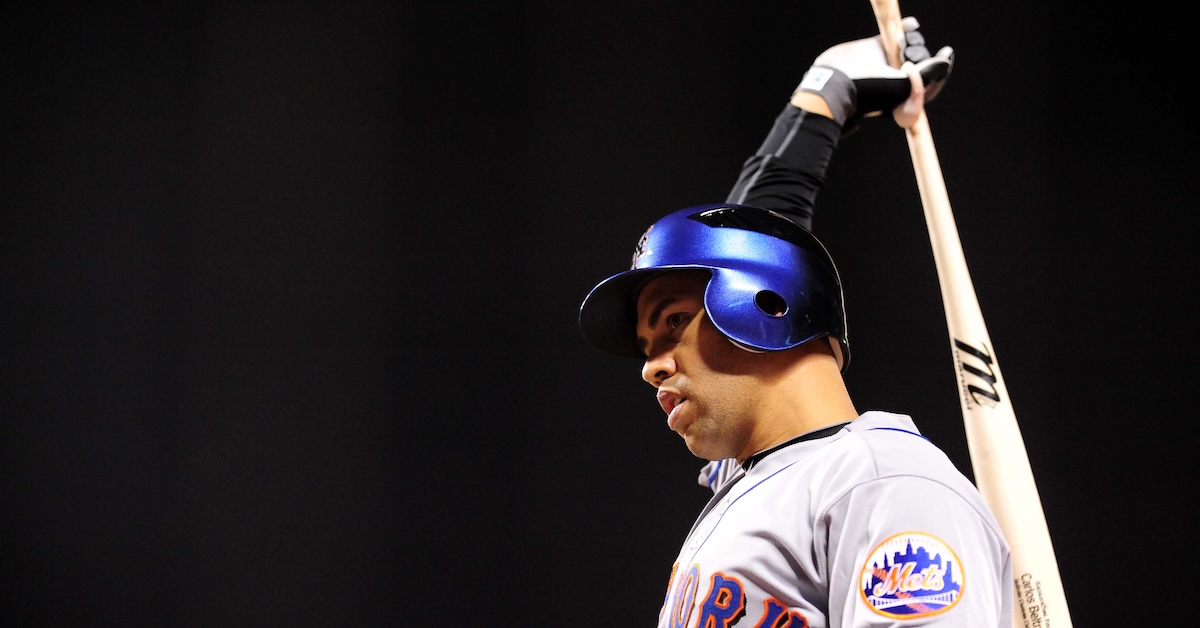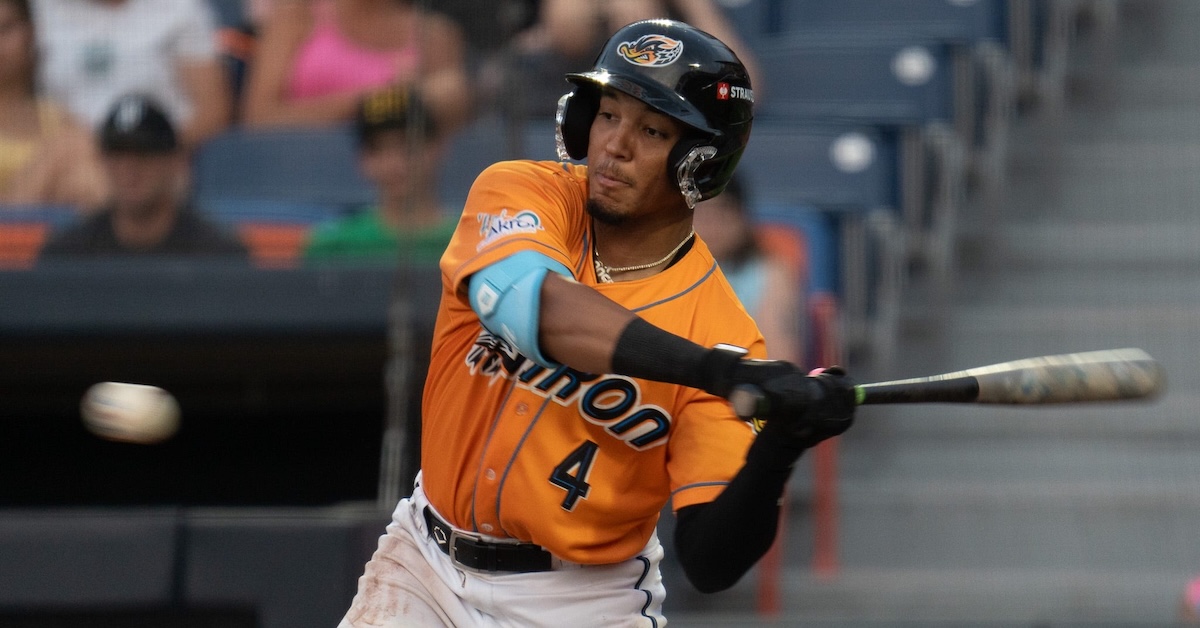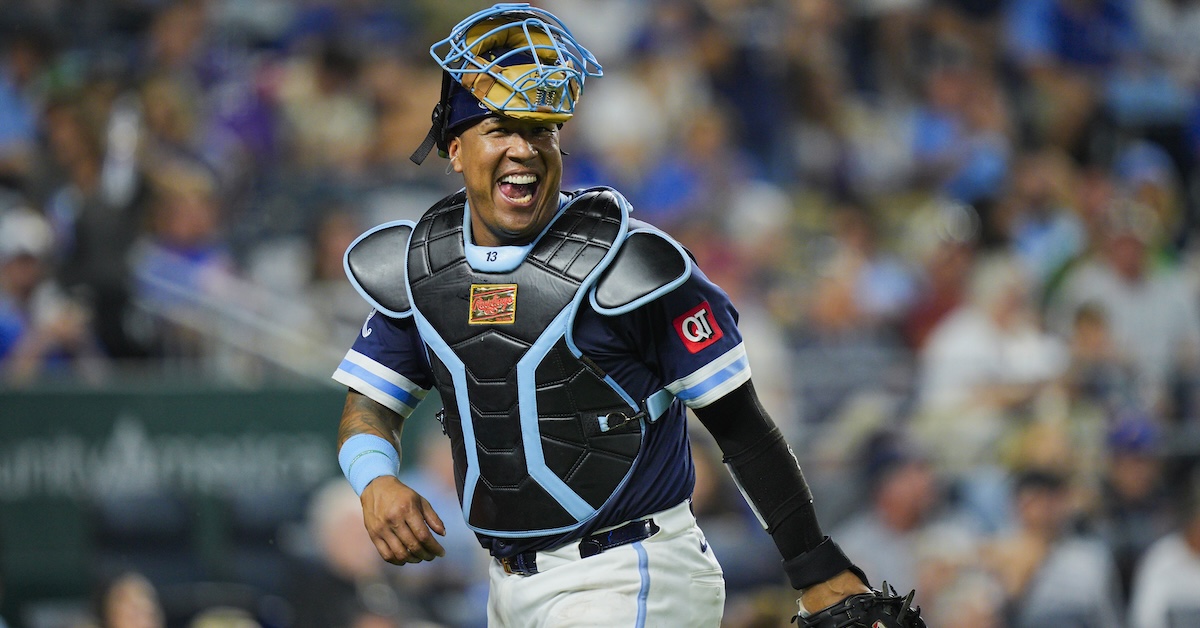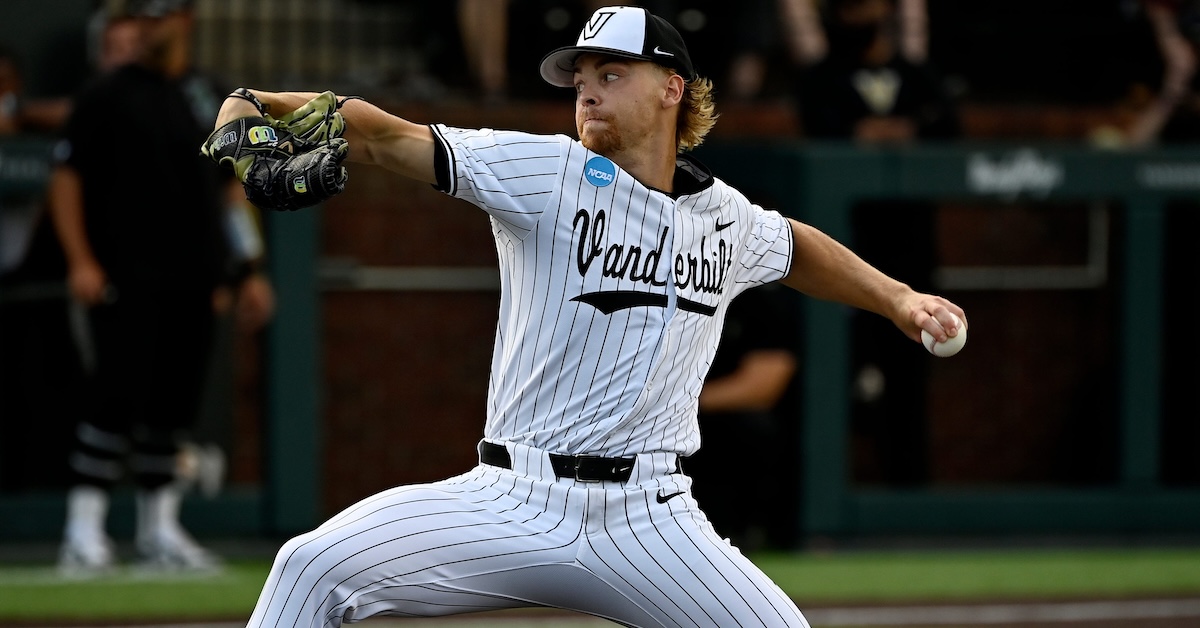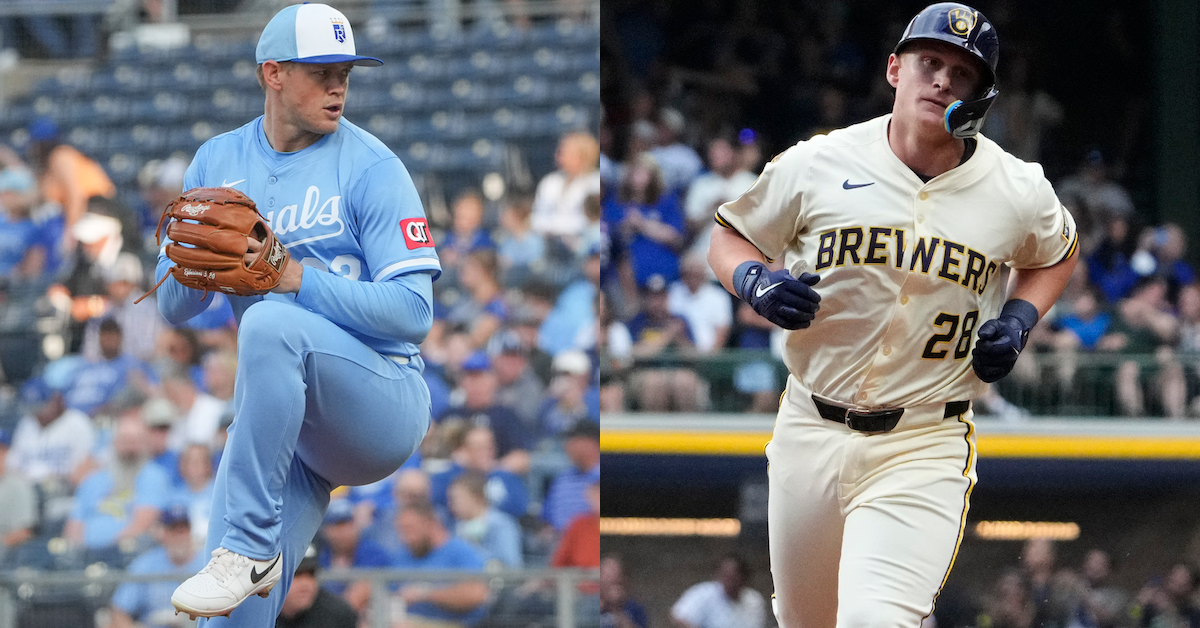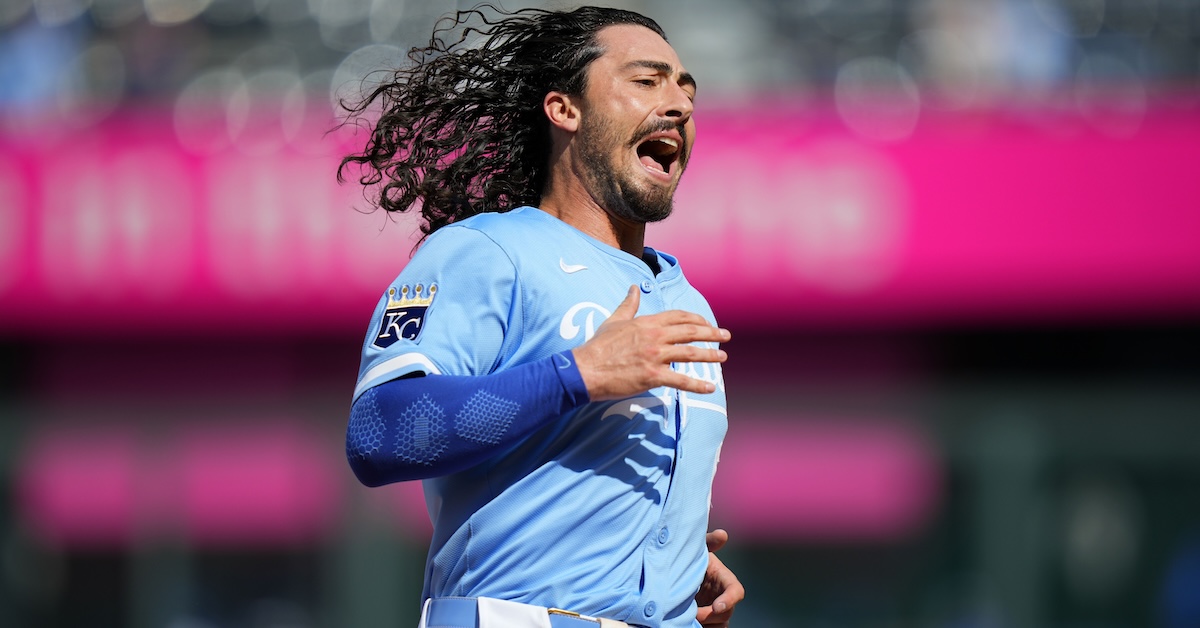Finding the Next Maikel Garcia and/or Geraldo Perdomo
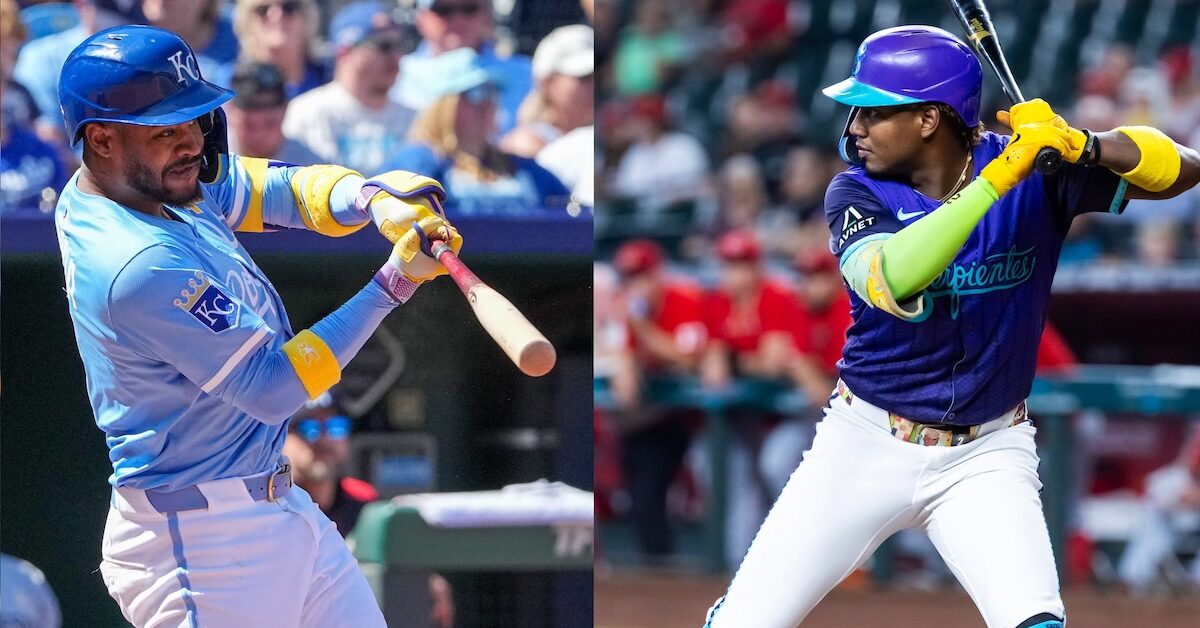
“OK, but what if you could steal first base?” is surely a thought that’s occurred to just about every baseball fan. We’ve all seen players come up who look like absolute studs, except for one thing: They can’t hit. It’s only one skill, but it’s the most important skill for a position player.
I remember having a simply overpowering version of this thought in the press box at Camden Yards during the 2024 ALDS. Maikel Garcia’s tools sizzled and crackled with potential. He’s stolen 37 bases in 39 regular-season attempts. His defense at third base was very good, good enough to play shortstop on a team that had not been built around the best shortstop on the planet. Garcia played 157 regular-season games for the Royals in 2024, and he was about as good a player as you can be with a single-digit home run total and a .281 OBP.
Those two headline numbers do limit one’s potential, unfortunately.
In October, Garcia poked enough grounders through the infield to eke out a .318 batting average in Kansas City’s six playoff games, teasing us with the hope of what could have been if he just learned how to hit. Read the rest of this entry »
